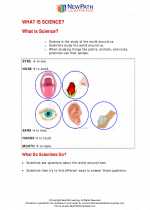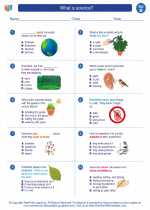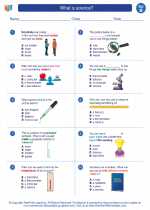Chemical Bonding
Chemical bonding is the process by which atoms combine to form molecules or compounds. Atoms form bonds in order to achieve a more stable and lower energy state. There are three main types of chemical bonding: ionic bonding, covalent bonding, and metallic bonding.
Ionic Bonding
In ionic bonding, electrons are transferred from one atom to another, resulting in the formation of positively charged ions (cations) and negatively charged ions (anions). These oppositely charged ions are then attracted to each other, forming an ionic bond. Ionic bonds are typically formed between a metal and a non-metal. For example, the bonding between sodium and chlorine in the formation of sodium chloride (NaCl).
Covalent Bonding
In covalent bonding, atoms share electrons in order to achieve a full outer shell of electrons. This shared pair of electrons forms a covalent bond between the atoms. Covalent bonds are typically formed between non-metal atoms. For example, the bonding between two hydrogen atoms in the formation of hydrogen gas (H2).
Metallic Bonding
In metallic bonding, electrons are delocalized and free to move throughout the structure of a metal. This creates a "sea of electrons" that hold the metal ions together in a lattice structure. Metallic bonding is responsible for the unique properties of metals, such as conductivity and malleability.
Study Guide
- What is chemical bonding?
- What are the three main types of chemical bonding?
- Describe ionic bonding and provide an example.
- Explain covalent bonding and give an example.
- How does metallic bonding differ from ionic and covalent bonding?
[Chemical Bonding] Related Worksheets and Study Guides:
.◂Science Worksheets and Study Guides Second Grade. What is science?

 Worksheet/Answer key
Worksheet/Answer key
 Worksheet/Answer key
Worksheet/Answer key
 Worksheet/Answer key
Worksheet/Answer key
 Vocabulary/Answer key
Vocabulary/Answer key
